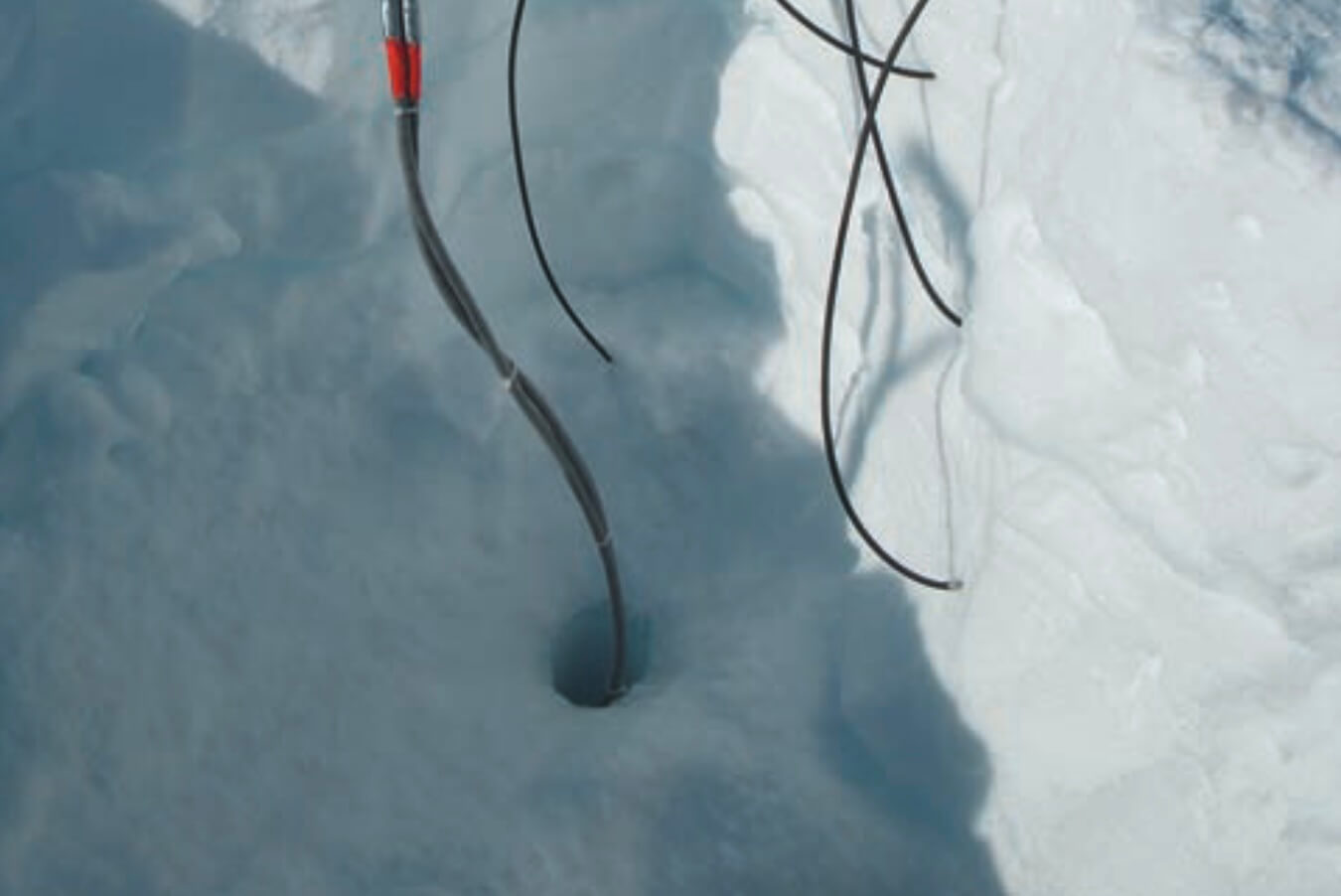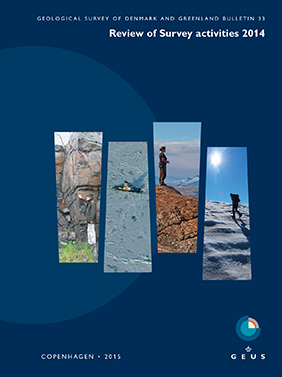
How to Cite
Share
Abstract
Due to recent warm and record-warm summers in Greenland (Nghiem et al. 2012), the melt of the ice-sheet surface and the subsequent runoff are increasing (Shepherd et al. 2012). About 84% of the mass loss from the Greenland ice sheet between 2009 and 2012 resulted from increased surface runoff (Enderlin et al. 2014). The largest melt occurs in the ablation zone, the low marginal area of the ice sheet (Van As et al. 2014), where melt exceeds wintertime accumulation and bare ice is thus exposed during each melt season. In the higher regions of the ice sheet (i.e. the accumulation area), melt is limited and the snow cover persists throughout the year. It is in the vast latter area that models struggle to calculate certain mass fluxes with accuracy. A better understanding of processes such as meltwater percolation and refreezing in snow and firn is crucial for more accurate Greenland ice-sheet mass-budget estimates (Van Angelen et al. 2013).
How to Cite
Share
Copyright (c) 2015 Charalampos Charalampidis, Dirk van As

This work is licensed under a Creative Commons Attribution 4.0 International License.
Downloads
Editors Ole Bennike, Adam A. Garde and W. Stuart Watt
This Review of Survey activities presents a selection of 20 papers reflecting the wide spectrum of activities of the Geological Survey of Denmark and Greenland, from the microscopic to the plate-tectonic level.
The Survey’s activities in Denmark are illustrated by eight articles [...]









